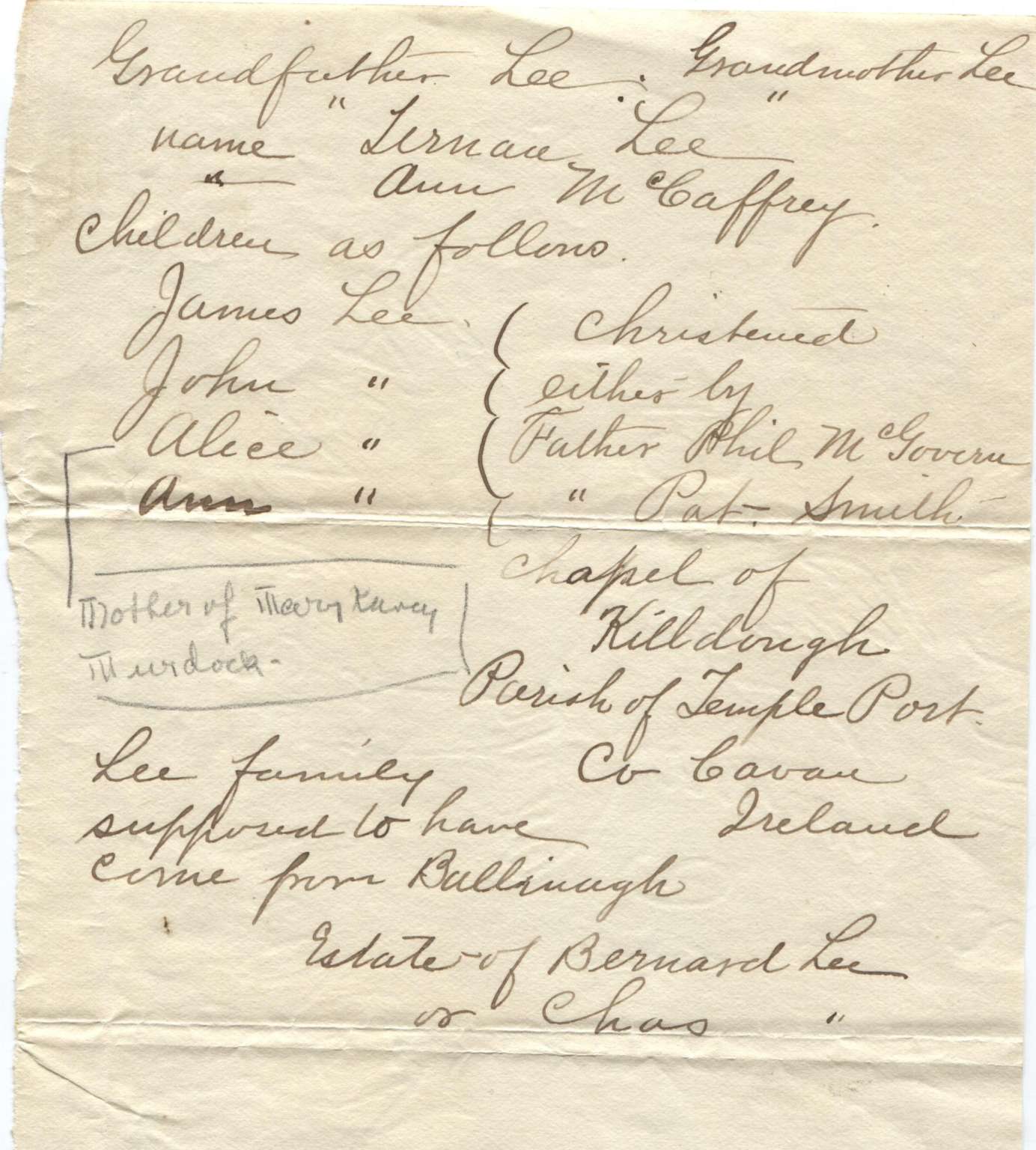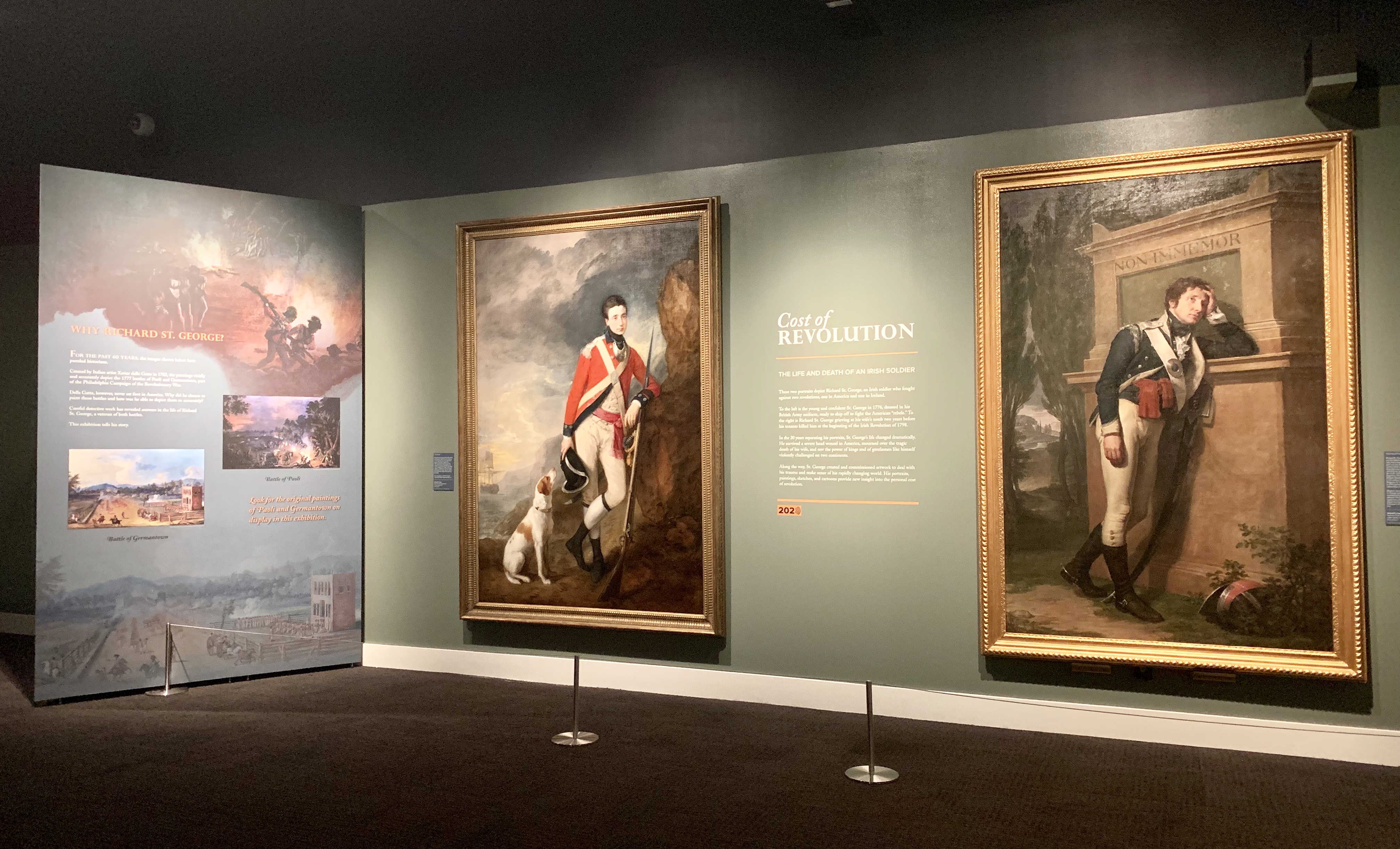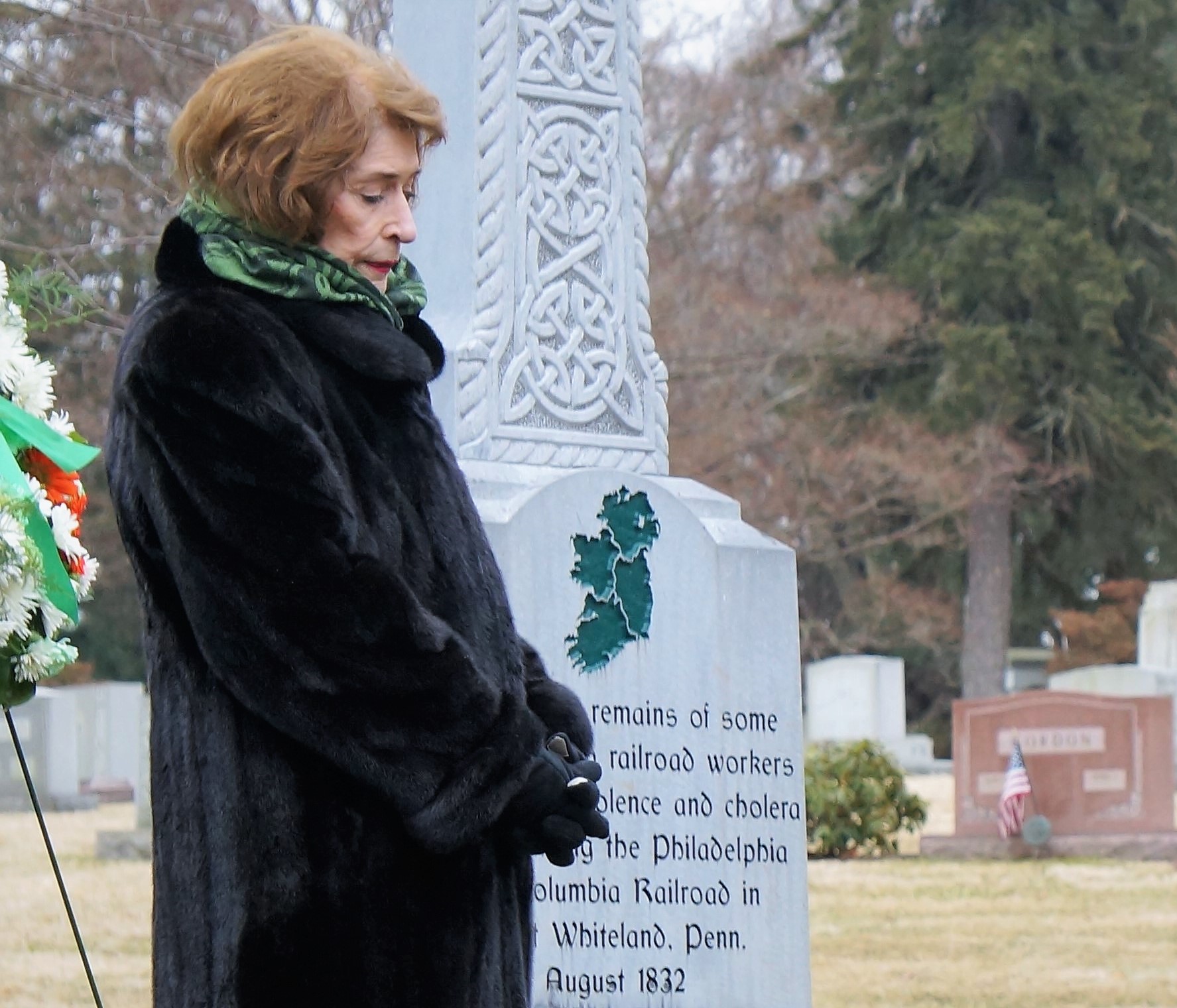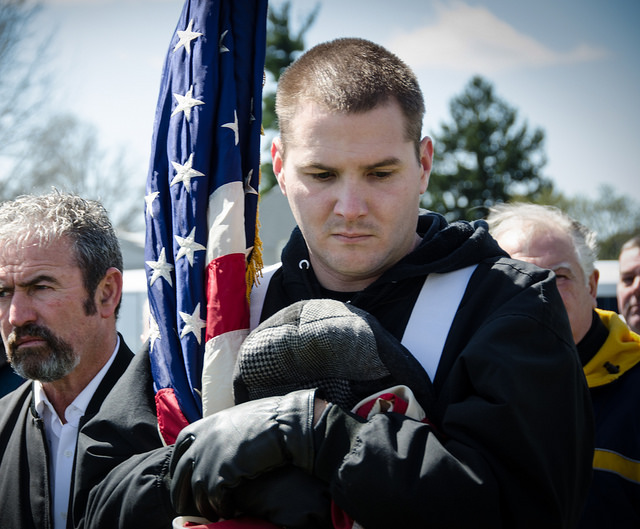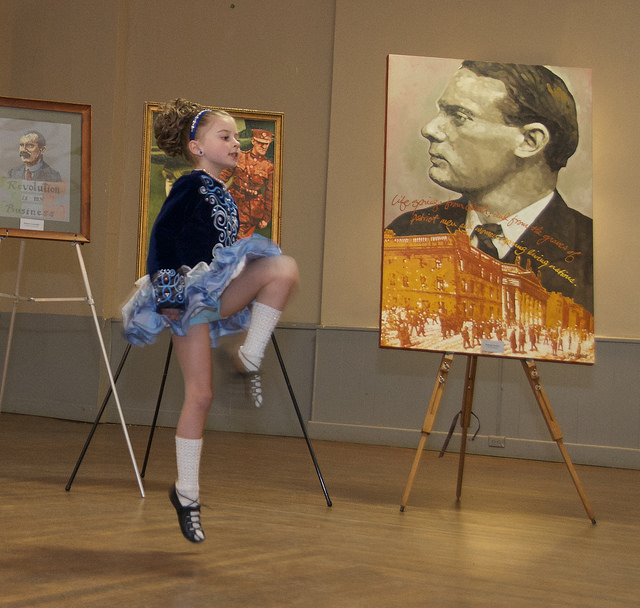I just want to begin by clarifying that there is a vast and vital difference between the definition of “hoarding,” and the act of saving really good old family stuff. But, on the other hand, there can definitely be a fine line between that which is considered trash and that which is celebrated as treasure to the hardcore genealogist.
Because anyone who has spent time searching for that elusive paper trail on a mystifying ancestor knows the frustration of not being able to break through the brick wall. Sometimes the records are missing or lost, or records weren’t kept at the time and in the place we’re looking. Sometimes we don’t even know where or when we should be looking. We put aside that ancestor or that line and decide to come back to it later. And then, occasionally, through the miracle of modern technology, we find our family’s answers online in a distant cousin’s tree.
This is one of the reasons I tell researchers to never give up. You never know what’s out there, what’s been hidden away in an attic or a basement that is now ready to see the light. Genealogy has entered an era when people are willing and able to share old photos, stories and even scraps of paper that have been passed down through generations.

